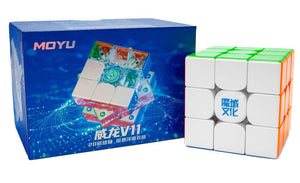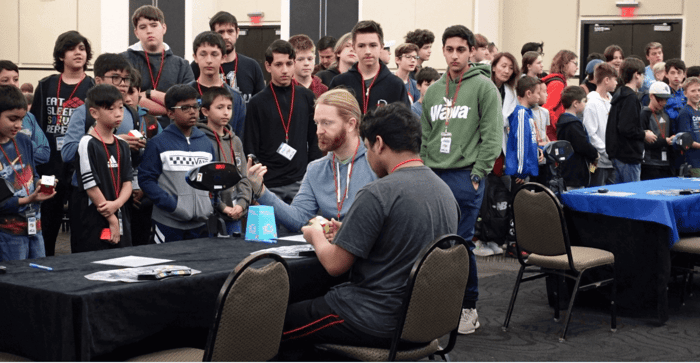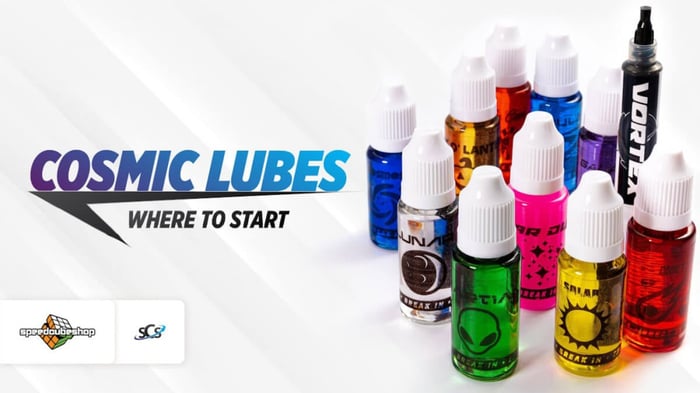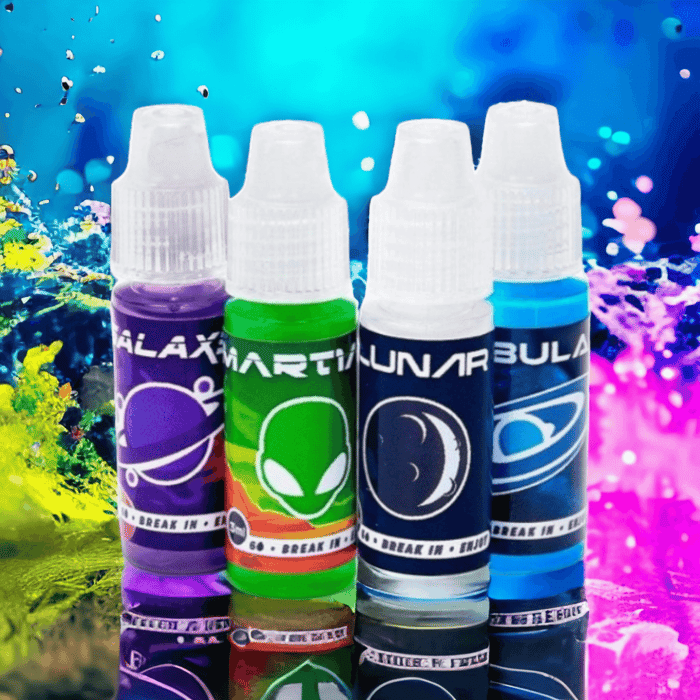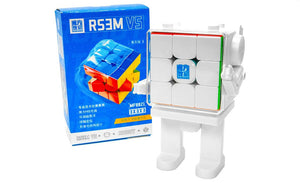Are you gearing up for an upcoming Rubik's speedcubing competition? If so, it's crucial to be well-prepared to give it your best shot. We've compiled a list of valuable tips and strategies to help you get ready for your official solves and maximize your performance. Don't miss out!
Using the Correct Speedcube Timer
At World Cube Association WCA Competitions, it's standard protocol to time your official solves using the SpeedStacks timer. To ensure you're best prepared for these competitions, it's wise to replicate this environment at home by practicing with the same kind of timer, preferably the latest version, the SpeedStacks G5 Pro Timer.
SpeedStacks G5 Pro Timer

$ 32.95
Speed cube timers are a must-have for any serious cuber. The SpeedStacks G5 Pro cube timer features a sleek redesign with reinforced buttons, multiple timing modes, and a compact design. Whether you're training for competitions or just improving your solve… >> SHOP PRODUCT <<
To use this Timer, look for the pads with a hand symbol. By positioning both of your hands on these pads, a sequence of lights will begin: red followed by green. The green light signifies that you're ready to start the timer. When set, lift your hands off the pads, and commence your cube solve. Once you've successfully completed the puzzle, halt the timer by placing your hands back on the marked pads. Do note that the process requires you to first set down your cube before halting the timer. To avoid potential damage to your cube from placing it down on a hard surface, especially the vulnerable corners, it's advisable to utilize a cube mat.
Shapes Mini Mat
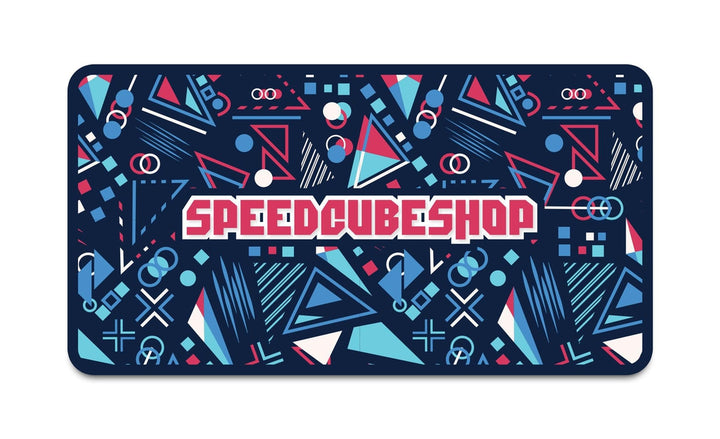
$ 2.54
$ 6.95
Our mini mat is a great desk decoration and is designed to provide a soft surface to absorb the impact of your puzzle! Mini mats are super easy to roll up and take with you on the go! Size: 13.7"… >> SHOP PRODUCT <<
Adhering to WCA's strict guidelines, you should initiate the timer using only your fingers. Ensure that no part of your hands below the junction of your fingers and palms touches the timer. While you can stop the timer using any part of your hands, your palms should be oriented downwards during the process. Infringements of these guidelines lead to a penalty of an additional 2 seconds to your solve time.
Though some cubers lean towards mobile apps or online platforms for timing, it's crucial to note that these may not always provide consistent times across different platforms. For instance, halting a timer on a mobile app typically requires a shorter span than on a dedicated, competition-grade SpeedStacks G5 Pro Timer. Therefore, if you're serious about competing, it's highly beneficial to practice with the same equipment employed in official competitions to familiarize yourself with the exact format.
Inspection with a Cube Cover
Prior to starting an official solve, you're allotted a 15-second window to examine the scrambled cube and strategize your moves. Exceeding this 15-second inspection limit results in a +2 second addition to your solve time. Should your inspection time surpass 17 seconds, your solve is labeled as a DNF (Did Not Finish).
During an official speedcubing competition, your scrambled cube remains concealed beneath a cube cover. Once you signal your readiness, a designated judge seated beside you will unveil the cube and begin timing your inspection phase with a stopwatch. As your inspection progresses, the judge will verbally notify you at the 8-second and 12-second marks.
For a more authentic practice experience at home, you might consider enlisting a friend or family member to play the role of the judge. However, for those practicing solo, many speedcubing timers come equipped with a feature designed to monitor your inspection duration, making them an invaluable tool for independent training.
Simulating Nerves

A prominent distinction between solving a Rubik's Cube in the comfort of one's home and in a competition setting is the impact of anxiety. It's not uncommon for cubers to register significantly longer times in competitive environments, with nerves playing a major role in this disparity.
To mimic speedcubing competitions ambiance and train oneself for such pressure, introducing certain distractions can be beneficial. This could mean playing music, ambient sounds of a bustling crowd, or even practicing in a more public setting. Adjusting the room temperature can also replicate competition nerves; a cooler environment often mirrors the bodily effects of an adrenaline surge. Both adrenaline and cold can divert warmth from your extremities, concentrating it in the head and chest area. This can leave your hands feeling chilled and potentially hinder nimble movements, mimicking the sensation many experience during actual competitions.
Improving Grip
Yet another challenge you might encounter in a cubing competition is the cube's surface feel. Many cubes possess plastic exteriors that can become quite slick, especially if anxiety-induced perspiration comes into play. A solution to this is to opt for a "PVC Coating" when purchasing speedcubes from SpeedCubeShop.com. This service, which adheres to WCA standards, enhances both the cube's grip and color brightness, facilitating better lookahead and swift solving techniques!
Putting it all together
In summary, to replicate the atmosphere of a speedcubing competition at home, begin with a computer-generated scramble based on WCA standards. Let your friend obscure the scrambled cube under a cover. Once you're prepared, signal them to unveil the cube and initiate the stopwatch. Pay heed to their call-outs at the 8-second and 12-second marks during your inspection. After your brief inspection, trigger the SpeedStacks timer by placing your hands on its pads and watch for the transition from red to green light. Post this, swiftly solve your cube, drop it on a mat, and promptly stop the timer. Your assisting 'judge' should record your time and any penalties. This process should be repeated for a total of five solves. To compute your average of 5 (ao5), discard the fastest and slowest solves, averaging out the remaining three. By engaging in such mock competitions, not only do you prepare better for actual WCA contests, but you also indulge in a fun and engaging activity. Holding these mock competitions with friends, alternating as judges, further enriches the experience and readiness for real competitions. Best wishes on your cubing journey!
